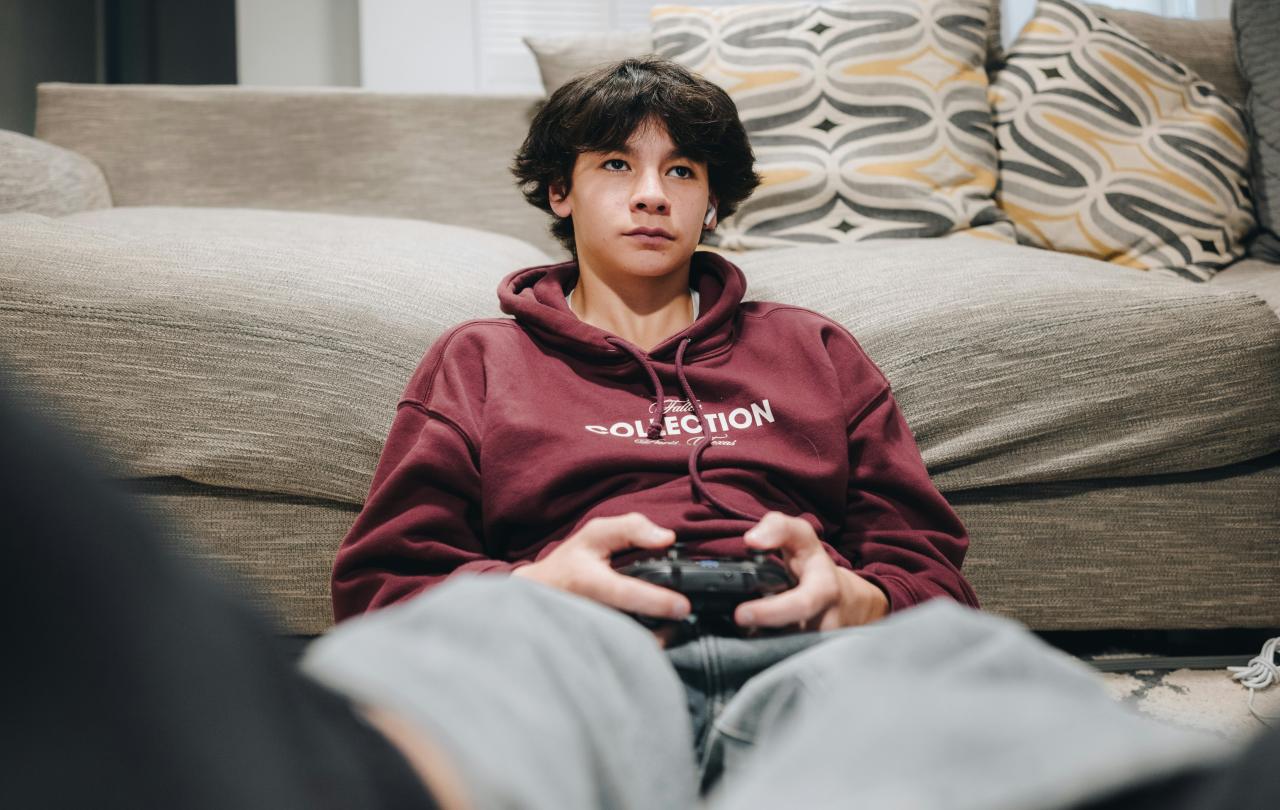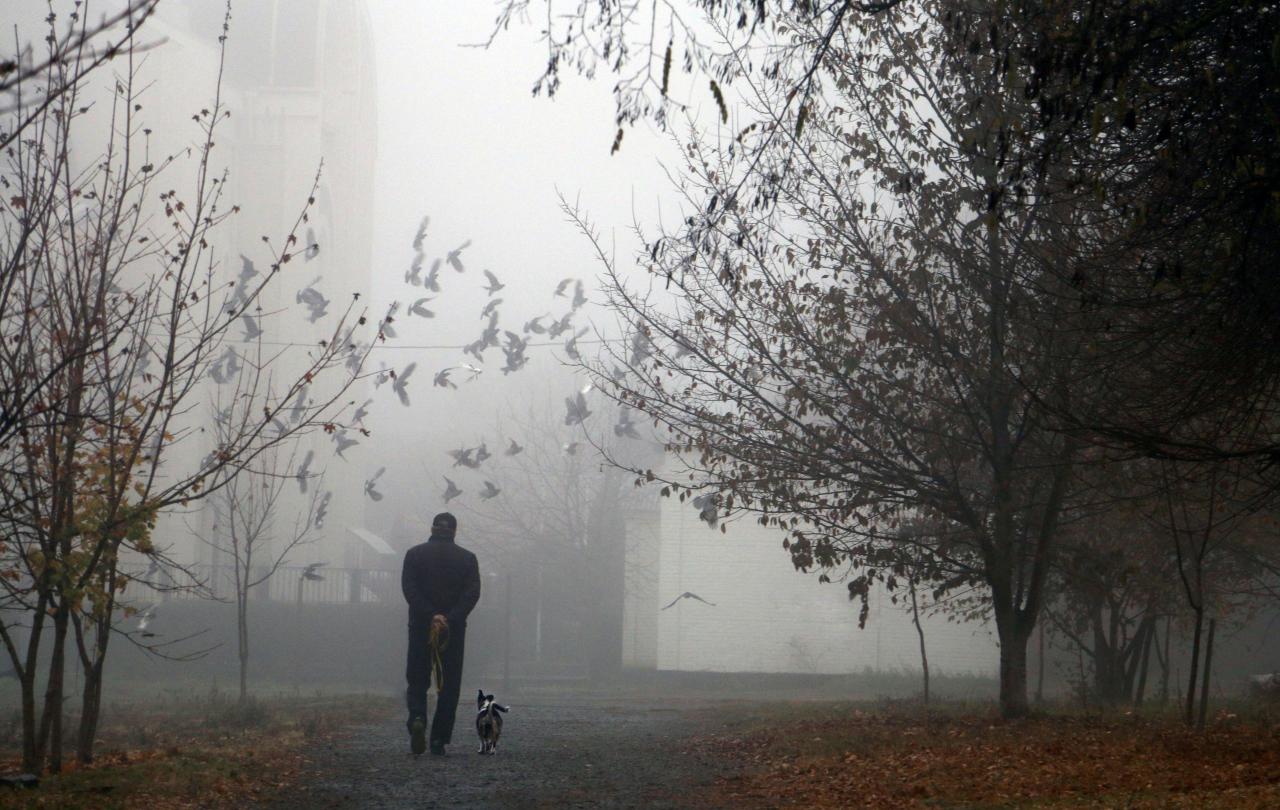
What if nearly every major social pathology could be halted upstream? What if there was evidence to suggest that they commonly flow from one singular factor? What would we do – would we sit back and wait for the State to intervene, pointing to where we know the problem is beginning? Or would we wade up that stream ourselves, and start damning up the current?
Richard Kay and Robert Mansel Lewis have chosen the latter option. They help run Chapter2, a charity that offers mentoring for boys aged seven to 16. And they have identified fatherlessness as the factor that is linked to many major social pathologies to be found in Western society today.
Earlier this year, the Centre for Social Justice brought out a report called Lost Boys. It found that 2.5 million children in the UK do not live with a father figure, and that just under half of young Britons grow up with one biological parent, more often than not their mother.
Back in 2013, the numbers were strikingly higher in low-income areas, with 65 per cent of children aged 12–16 in the bottom 20 per cent of income households not living with both birth parents – this was 26 per cent higher than in better-off households. What’s more, when children were aged three, the chance of them being in the bottom income quintile was 21 per cent if their parents were married, and a massive 81 per cent if they were in lone-parent families.
So, we can already see a clear line drawn between fatherlessness and poverty,. Chapter2 (informed by the work of psychologist, Stephen Baskerville) also point out that fatherlessness is linked to alcohol abuse, drug abuse, truancy in school, incarceration, and mental health difficulties – all among young boys, in particular.
There’s a smorgasbord of factors and influences that are making it increasingly complex to be a ‘healthy’ and ‘happy’ man right now. “You don’t even need to put the word ‘toxic’ in front of ‘masculinity’ anymore, Kay points out. “It’s just assumed. If we need to ask what healthy masculinity is, people really don’t know.”
As I’m writing this, I’m sitting in a coffee shop with ‘boys will be... what we teach them to be’ emblazoned on the side of it. It feels as though multiple destructive forces are making a beeline for young men right now, and we’re panicking. We’re manically trying to halt a fast and violent flow - but what if we waded upstream?
That’s what Kay and his colleagues are trying to do. The charity’s mission is to bring good men into the lives of young boys who are living without a father. These men – all volunteers – are committed to being there for the long term (two years, minimum) and to build a trusted friendship. That’s it: the beginning, middle, and end of the mission.
I was struck by the radical simplicity of it. Young boys get referred to Chapter2 through social services, schools, and by family members or guardians – they told me that referrals have never been something they’ve had to work hard to gather. Which is pretty heart breaking in itself.
The reality is, the fatherlessness crisis isn’t going to be solved by State-led intervention, and nor should it be. The solution lies in community living as it should do. It can be helped by the smashing down of hyper-individualism and the dismantling of our obsession with the nuclear family. It can be eased by reminding ourselves that it really does take a village to raise a child. Oh, and that we’re the village. When we spoke, Kay talked about his initial reluctance to found a charity that does this work, weary that it somehow relieves us all of our responsibility to live wide-open lives. Chapter2 is working toward a world in which the mentoring of young, fatherless, boys is normal, not a last resort.
I like that.
The longevity of Chapter2’s goal is pretty counter-cultural, isn’t it? We’re a commitment-phobic-culture. That’s pretty anti-love-your-neighbour, right? But the only way to respond to the wound of abandonment is by showing up – relentlessly, consistently, self-sacrificially. It’s the art of staying – come what may.
I was told that this takes the boys a little getting used to; that Kay and Mansel Lewis warn the men they’re training that there will come a point when the boys will try and push them away, assuming they’ll leave sooner or later and feeling more comfortable having that happen on their own terms. It’s a symptom of the abandonment wound, I guess. But the men stay, and the boys begin to trust them.
And here’s the other biggie for Chapter2: there’s no agenda. No goals. No solutions. No fixing. Just presence - consistent presence.
Again, I was struck by how foreign that must feel to the boys. Everybody else in their life needs and wants something from them – better school attendance, better behaviour at home, less trouble with the police – and rightly so. But the Chapter2 mentors are only interested in the boys’ company and trust. They’re not trying to fix them, they’re just trying to know them – if there are no measurable changes, they’ll still show up. Zero conditions.
The poet, rapper, author, and pastor, Joshua Luke Smith, often talks about a father as being someone who will
‘bind up your wounds and catch you when you fall’,
because that that’s what every young man needs – someone to care enough to do those two things. Because hurt people tend to hurt people. So, wounds need to be bound before they become ‘an excuse to wound others’. Again, it’s all very upstream, don’t you think? It’s very Chapter2-esque.
One Chapter2 mentor recently received a Father’s Day card from a boy he’d built up a relationship with. Another young boy who’d been arrested twenty or so times in twelve months eventually realised, thanks to his mentor, that it’s not worth getting into trouble. His mentor, he said, ‘is someone he can trust, he’s consistent and he knows he cares about him’.
This is community living as it ought to. Is this also the solution to the pandemic of fatherlessness?
Support Seen & Unseen
Since Spring 2023, our readers have enjoyed over 1,000 articles. All for free.
This is made possible through the generosity of our amazing community of supporters.
If you enjoy Seen & Unseen, would you consider making a gift towards our work?
Do so by joining Behind The Seen. Alongside other benefits, you’ll receive an extra fortnightly email from me sharing my reading and reflections on the ideas that are shaping our times.
Graham Tomlin
Editor-in-Chief





